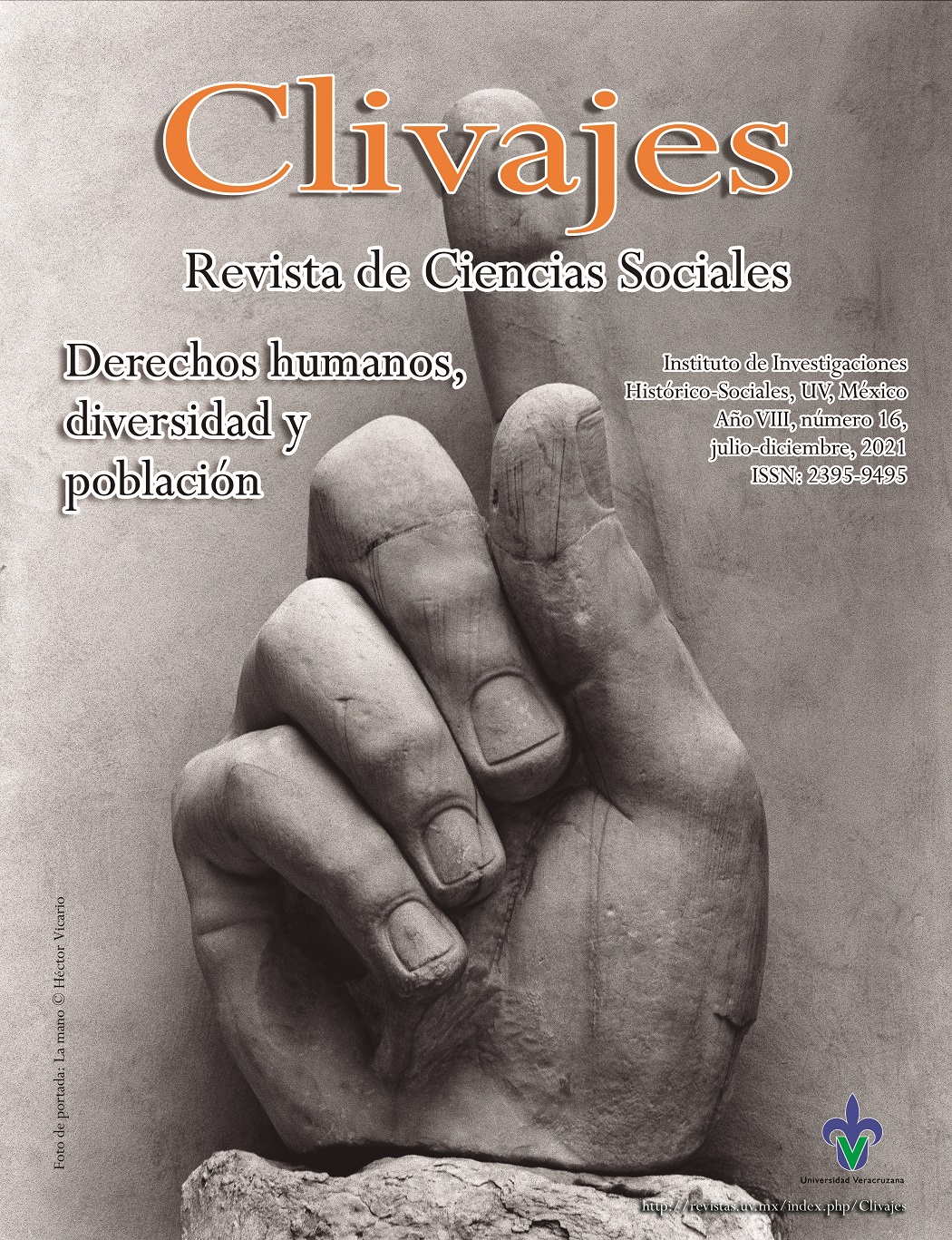Abstract
The article argues that, from its creation in 1990 until 2018, the National Human Rights Commission (Mexico) was gradually strengthened as an institution in charge of the non-jurisdictional protection of fundamental rights. This institutional strengthening took place in two ways: an external one —legal reforms that granted it greater autonomy or powers— and an internal one, on which this text focuses. The central argument is that, when the Commission makes full use of its powers and autonomy, a virtuous circle is created: acting along these lines gives it the possibility of using social legitimacy, reputational reserve and solid positioning vis-à-vis other institutions in future cases of human rights violations. It is also argued that the situation of the cases before which the Commission pronounces itself and the addressees of its recommendations are of special importance. The process of institutional strengthening from within is enhanced when the NHRC makes full use of its powers in thorny political scenarios and directs its exhortations to political actors who have a leading role in the political project of the Mexican president in office. To support these arguments, five particularly representative case studies are presented. At the end, some reflections on the current situation of the NHRC and the possibility of the institution weakening itself from within and by its own means, are presented.
Keywords: NHRC, Human Rights, Institutional strengthening, Institutions and autonomy


